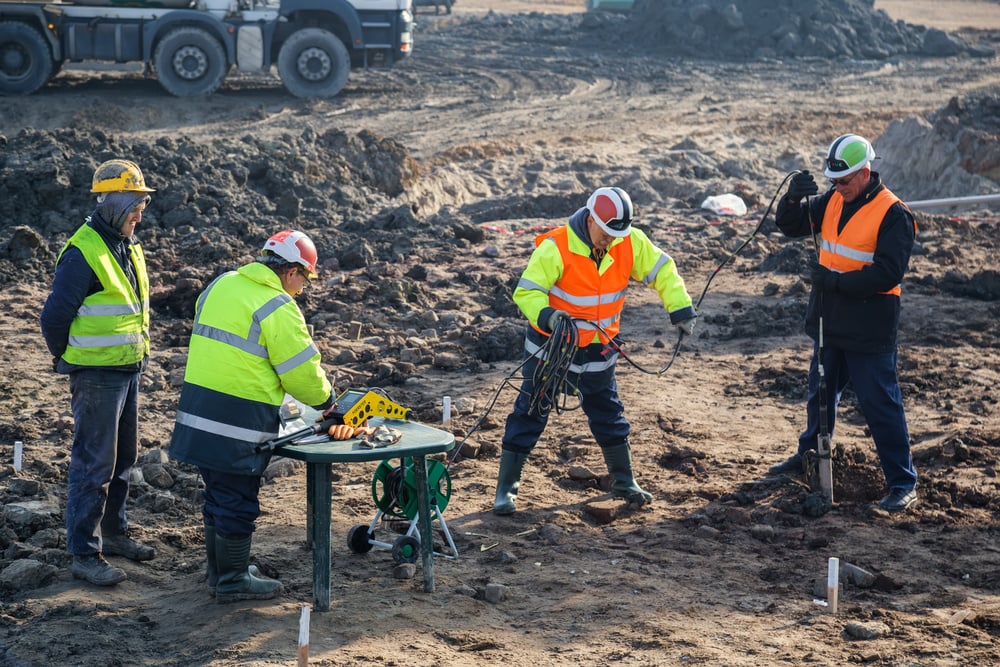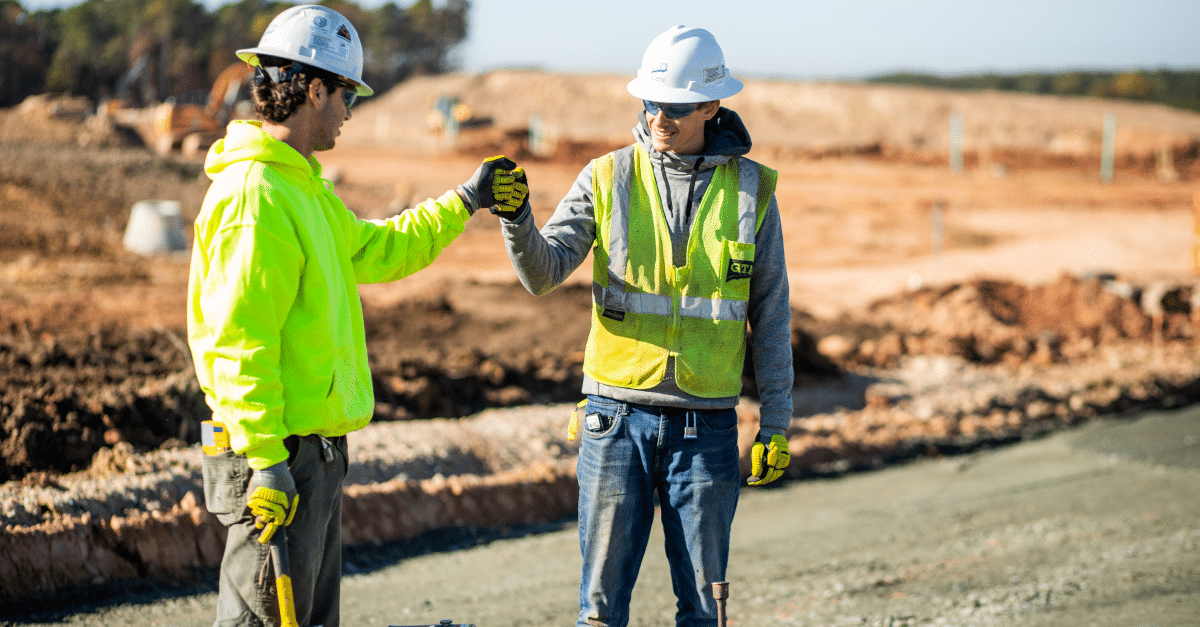Some Known Facts About Geotechnical Engineering For Construction Projects.
What Does Geotechnical Engineering For Construction Projects Do?
Table of ContentsA Biased View of Geotechnical Engineering For Construction ProjectsGeotechnical Engineering For Construction Projects Fundamentals ExplainedOur Geotechnical Engineering For Construction Projects DiariesThe 20-Second Trick For Geotechnical Engineering For Construction ProjectsThe smart Trick of Geotechnical Engineering For Construction Projects That Nobody is Talking About
During the investigation, it is crucial to drill at the needed depth and the called for number of openings as per the referral of the Canadian Foundation Layout standard. Occasionally, the proprietor may conserve some Geotechnical Investigation cost but finish up spending even more than the anticipated throughout the building cost.The responsibilities of the geotechnical consultant entail offering material screening for construction support. Geotechnical Engineering for Construction Projects. Geotechnical engineers evaluate all the field test reports to ensure that construction is taking place as per the project spec. During construction, a confirmatory test for dirt compaction is done on-site to make sure that no future settlement occurs
After the concrete is poured -7 days and 28 days- tests are carried out on concrete samples collected from the website to make certain that the concrete poured meets the layout requirement. Asphalt core is taken after the Asphalt is laid and compacted to validate that it satisfies the layout requirement. All lab examination reports are analysed by the Geotechnical Designer to guarantee that it fulfills the project specification.
Geotechnical Engineering For Construction Projects Fundamentals Explained

Geotechnical engineering plays a vital function in making sure the stability of construction tasks. Learn how it influences design and overall project success. Geotechnical design is an important branch of civil design that concentrates on understanding the behaviour of planet materials, such as dirt and rock. It includes evaluating subsurface problems to make sure that a building's foundation or framework is stable and secure.

For a reliable structure and a smooth building procedure, depend on to provide the competence you need. Get in touch with to obtain professional suggestions and geotechnical services customized to your following job.
The Definitive Guide to Geotechnical Engineering For Construction Projects
When beginning on a land growth job, comprehending the ground under your feet is as important as the frameworks you intend to build above it. Our Geotechnical Engineering group analyse the ground, ensuring it is appropriate for the suggested growth while supplying you with the information called for to satisfy your project goals.
Geotechnical Design takes a look at the formation of the ground, as it is the foundation for all jobs. Where structures need to be created with regard to the ground problems; ground conditions (e.g., soft ground) might require strengthening depending upon the size of the desired structure. Before structure, you require to learn about the groundwater, dirt framework, and liquefaction likelihood of your land.
For websites that are not attached on the local authority facilities additional site examinations would be required to offer technical inputs for on-site stormwater and wastewater. We have actually experienced Geotechnical Engineers based in each workplace, sustaining your geotechnical needs across the country. Reach out to us to talk about just how we can support your following task.
These records are tailored to satisfy the specific needs of a job and include layout criteria and recommendations for the building of an array of synthetic frameworks. As supplying consultancy solutions covering areas such as incline security and load-bearing capacities for different materials, these designers carry out study and development tasks to enhance methodologies, equipment, materials expertise and analysis covering entire lifecycles.
An Unbiased View of Geotechnical Engineering For Construction Projects

However, rates of pay usually increase as your knowledge and abilities grow, with guidelines pointing to a graduate starting income of in between 18,000 and 28,000 per year in the UK. This increases to 26,000 to 36,000 with a few years of experience and then reaching 40,000 to 60,000+ for senior, legal or master designers.
With the right application it is feasible to understand the career and gain entrance to a difficult yet fulfilling and essential occupation. A geologist would need to retrain to come to be a geotechnical designer, although there is a lot of cross-over in between both occupations, which could make this simpler - Geotechnical Engineering for Construction Projects. Rock hounds need to have an understanding of soils, rocks and other products from a scientific viewpoint, while geotechnical designers tale their expertise of matters such as dirt and rock auto mechanic, geophysics and hydrology and use them to engineering and environmental projects
When starting, these engineers will certainly often tend to work with less intricate jobs, accumulating knowledge and experience prepared for more challenging job later. Geotechnical designers tend to be experts in certain areas as they expand in experience, concentrating on particular frameworks such as railways, roads or water. These designers likewise deal with renewable resource, offshore and onshore oil and gas, nuclear power, and much more.
The Facts About Geotechnical Engineering For Construction Projects Revealed
The time taken to end up being a geotechnical designer depends on where you are based, where you research study and what level of education and learning you desire to attain prior to getting in the office. Generally-speaking it takes 3-4 years to get to the standard demands to start an occupation as a geotechnical engineer.
These operations allow experts to examine a host of soil mechanics consisting of weight, porosity, void-to-solid fragment proportion, permeability, compressibility, maximum shear toughness, birthing ability and contortions. If the framework calls for a deep structure, engineers will certainly utilize a cone infiltration test to approximate the quantity of skin and end bearing resistance in the subsurface.
When assessing an incline's equilibrium of shear check stress and anxiety her response and shear stamina, or its capability to endure and go through movement, rotational slides and translational slides are generally considered. Rotational slides fall short along a bent surface, with translational slides taking place on a planar surface area. An expert's goal is to figure out the conditions at which a slope failing could happen.
Commonly, findings recommend that a site's soil must be treated to enhance its shear toughness, tightness and permeability prior to layout and construction. When it comes time to outline foundation strategies, experts are progressively concentrated on sustainability, more particularly how to lower a foundation's carbon footprint. One tactic has actually been to change 20 percent of a foundation's cement with fly ash, a waste product from coal fire nuclear power plant.